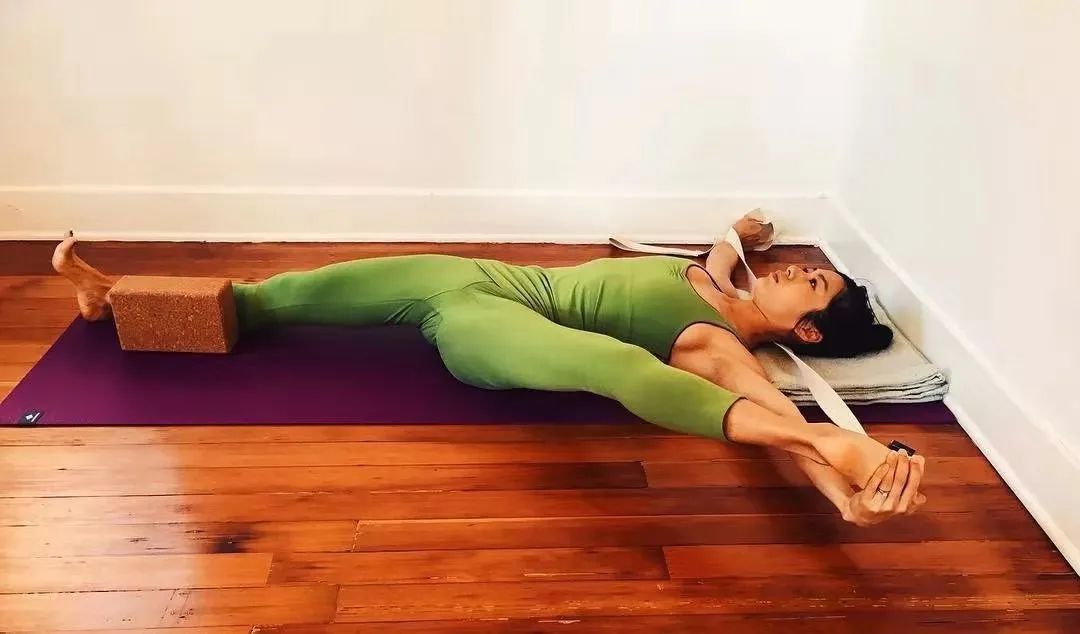We’ve all experienced back pain.

From mild to severe, yoga practice can improve this situation.

It improves back health and minimizes pain.

Yoga is suitable for everyone, but not all poses are suitable for everyone.

Today we introduce a simple sequence that can relieve back discomfort and improve health.

This sequence is not for acute pain, nor is it for (or for) providing a specific diagnosis.

If you have acute pain, please see a doctor in time.

Before starting this sequence, it is important to focus on maintaining the natural curvature of the spine, especially the forward curvature of the lower back spine.
Pay attention to the flexibility of hips and legs.
The excessive tension of hips and legs needs to be solved, so that the pelvis can be in an appropriate position in daily life and yoga postures.
Breathe slowly and steadily.
Breathing can address the tendency of the nervous system to overreact and help promote spinal movement.
Posture 1-5 The buttocks, hamstrings and adductors in supine position are open, which is the basis of waist maintenance.
A stable core is essential to reduce the comfort of the lower back.
However, if your hips, hamstrings, or adductors are too tight to align your pelvis properly, there is not enough core strength to protect your lower back.
The first three positions are very good.
You can practice at home by yourself.
The first four positions in this sequence do not require your lower back or pelvis to move.
Instead, you should keep your lower back and pelvis fixed and move your legs.
Grasp the yoga belt instead of your feet.
The fifth pose will cause a slight tilt twist to help you create more mobility in the thoracic spine (the part of the spine connected to the ribs).
Posture 6-8 In addition to moving the hips, hamstrings and adductors, strengthening the core is also important for improving the discomfort of the lower back.
The two most effective core strengthening poses in yoga are rowing (Pos.
6) and forearm plank (Pos.
8).
These positions can be done correctly with minimal spinal flexion.
In this order, I put the downward dog pose between the two core postures to help you focus on lengthening your spine, which helps relieve back discomfort.
Posture 9-10 Most people like to switch between “cat” and “cow”.
However, I found that I was uncomfortable in Ox Pose.
I like Cat Pose.
Therefore, I chose to pair the Sphinx and Cat.
Sphinx is the first position in these sequences where you need to stretch your back.
In posture, do not let your abdomen sink into the floor, as this may cause your lower back to bend too tightly.
You need to gently press the pubic bone into the floor and pull the lower abdomen toward the spine.
Notice how this posture feels on your lower back.
Posture 11-14 Yoga, hip opening should be your daily practice.
Dove Pose can stretch the outside of the hip and the back of the hip, especially the gluteus maximus and the six external rotators living under the gluteus maximus.
Dove Pose also lengthens the hip flexors located in the front of the pelvis.
This is especially important for those with tight hip flexors.
Pose 13 also increases the length of the hip flexor by stretching the quadriceps femoris.
This group ended with a twist, because for those with tight back muscles, a light twist is very good.
Posture 15-16 is like baby pose, with a slight twist and a slight forward bending closing sequence, which is good for all people struggling with waist discomfort.
The baby pose can be made more effective by bringing breath to the lower back…

